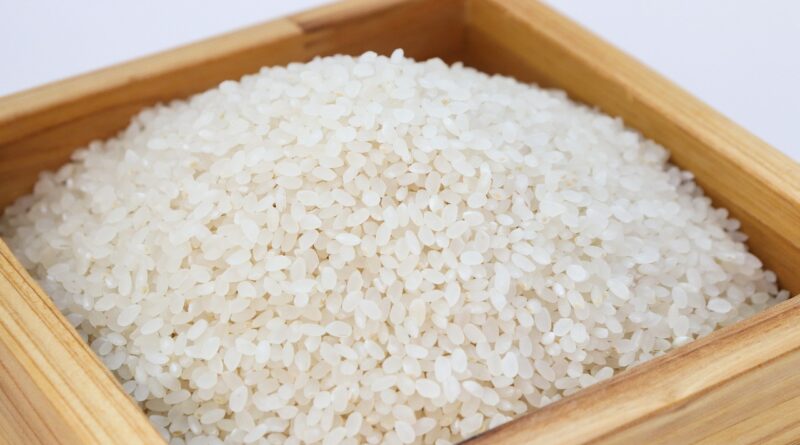Philippines Eyes India, Thailand Rice to Cut Vietnam Reliance
By Bloomberg
The Philippines, the world’s top rice importer, plans to look beyond its dominant supplier, Vietnam, to ensure steady supplies and competitive prices at home.
The agriculture department is in talks with private importers on purchases from producers like India, Pakistan, Cambodia and Myanmar, Agriculture Secretary Francisco Tiu Laurel said in an interview on Friday. There may also be a “deal” with Indonesia and Thailand, he added.
“We are trying to diversify sources to keep a level playing field,” Laurel said. Vietnam is “the most reliable” supplier, but the fact that its shipments account for 90% of the Philippines’ rice imports could be a “problem” in case of supply shocks, he said.
The price of all rice varieties sold by Vietnam rose to a three-month high in April because of an “uptick in buying interest from domestic and offshore traders,” according to data from the UN Food and Agriculture Organization.
Affordable prices of the staple grain are central to the agenda of President Ferdinand Marcos Jr., who also helmed the agriculture department before appointing Laurel in November 2023. His government slashed import tariffs from 35% to 15% last year and declared a food security emergency in February to tame runaway prices. That’s helped slow overall inflation to its lowest level since 2019, giving the central bank room to further cut interest rates.
Laurel expects this year’s rice imports will be lower than in 2024 and won’t exceed 4.5 million tons. His outlook compares with a forecast from the US Department of Agriculture that sees the Southeast Asian nation importing 5.4 million tons in 2025. Domestically, the country is on track to produce a record of 20.46 million tons in rough rice output this year, the secretary said.
Meanwhile, the Philippines is facing a 17% duty on its goods to the US, the lowest rate in Southeast Asia — after Singapore — under President Donald Trump’s sweeping tariff agenda. Laurel said this presents an opportunity as it could make Filipino shipments to the US, particularly seafood products like tilapia and shrimp, more competitive than those of its neighbors.
“If our competitors are slapped with higher tariffs than us, it’s fine,” he said.
This article has been republished from The Livemint.

